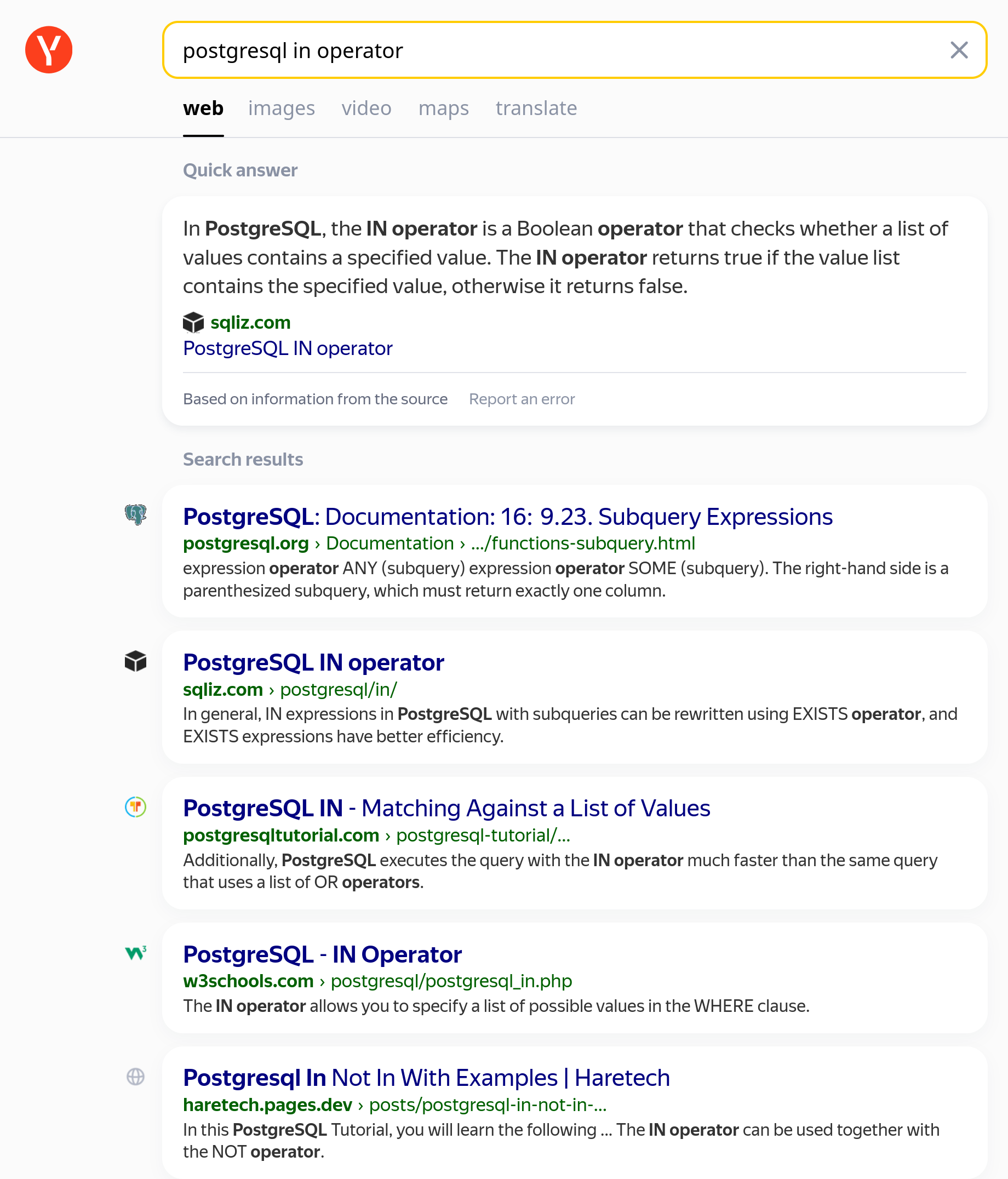

Doesn’t that construction only work in categories that also contain their own morphisms as objects since a profunctor maps (Cᵒᵖ × C) → Set and not the same like (Cᵒᵖ × C) → C? Since the category of Haskell types special, containing its own morphisms, so the profunctor could be like (haskᵒᵖ × hask) -> hask? or I just don’t understand it.


My freshman year I had a windows VM, only for WeChat and MS Teams, but by 2nd year WeChat got Linux support and MS Teams can now run in the browser, so I deleted the VM halfway through 2nd year. Zoom can also run in the browser.
Also a good idea to make sure your microphone and camera works.
And don’t update if there’s a deadline coming up soon since it might break.
None of my professors required anything to be submitted as
.docx. Every single general education class required PDFs for submissions, and programming classes were usually submitted by pushing to code to a Git repository. Group projects were all done in Google Drive which runs in the browser, otherwise latex usually worked (one prof even required latex). I never used LibreOffice, but I’m pretty sure it should be fine for PDFs.Psychology might require a bunch of proprietary statistical analysis software that probably won’t support Linux. I would say a windows VM is best for that. Although R is fine on Linux. I was in computer science so none of my classes required proprietary software. In total over every single class I think only C, C++, Haskell, and Python interpreters/compilers were needed which are all free software. In some of my classes professors said they would refuse to help anyone on Windows if they weren’t using an Ubuntu VM. One even said he would subtract points if anyone asked a question about windows. One crazy prof said he would fail you from the class if he saw you developing in Windows instead of the VM. Also any classes that require Docker are going to be way easier on Linux. Some of my friends were electrical engineers and they had to use some big proprietary IDE’s for flashing binaries to micro controllers which didn’t support Linux, but they were using Windows anyways. Also any CAD software almost certainly won’t work, a VM is needed for that.
If you do use a windows VM or dual boot or whatever, make sure to pirate Windows 10 LTSC since it has the least default applications installed and will run faster.